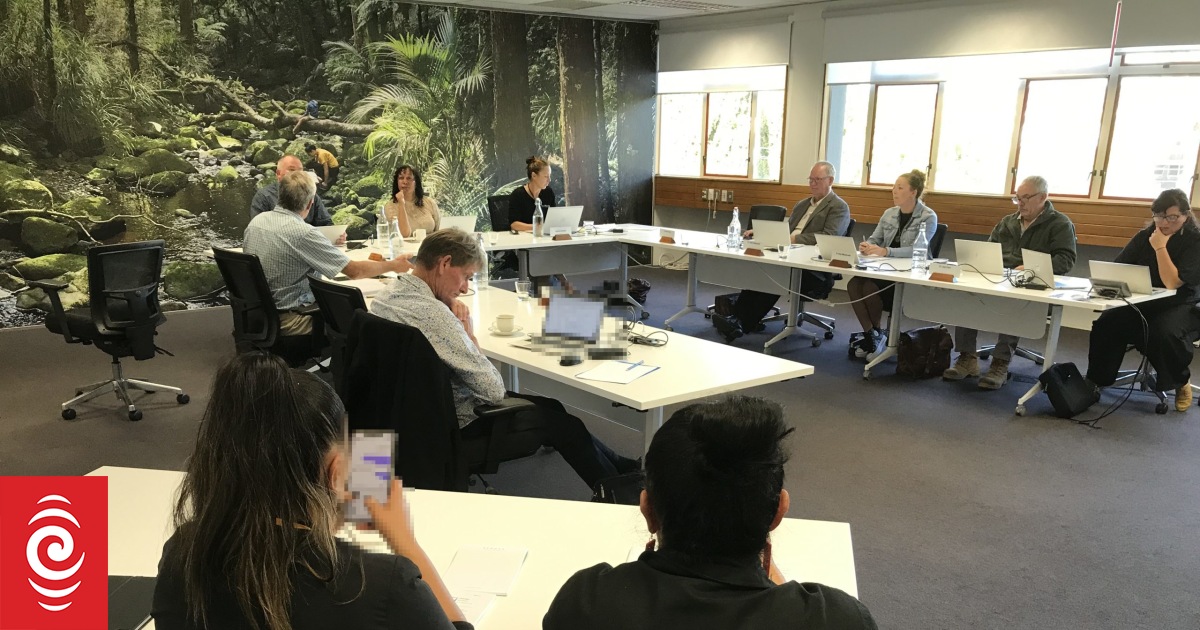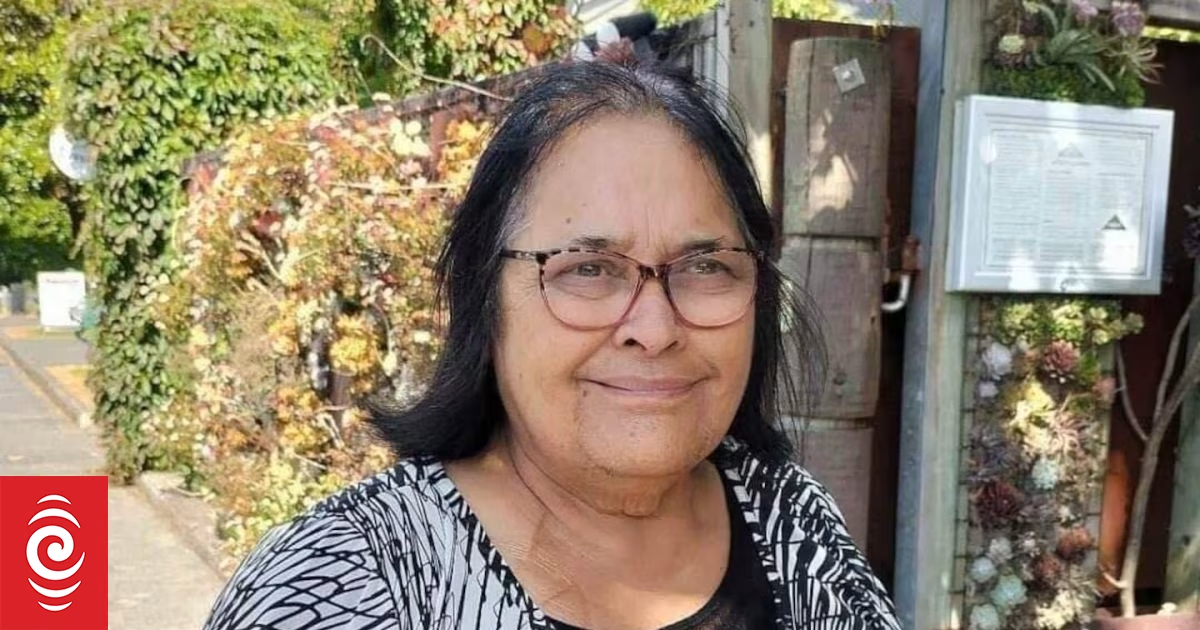(Left to right): Kamo Primary School students (Zavier Harris, 10, Caysha-Laurel Parry, 10, Trey Williams, 10, and Waimiringa Henare, 10, are some of the faces of the ‘Let’s Get to School’ campaign. Photo / Tania Whyte
Principals and agencies dealing with truancy say funding from a new Government package would better solve the problem if given directly to schools.
The aim of the $74 million package announced on Tuesday is to support schools and students and bump up attendance rates.
Included in the initiative are 82 new ‘attendance officer’ roles which will aim to help students with low or declining attendance rates get back into school.
The Ministry of Education found in Term Three last year Te Tai Tokerau had the worst attendance rates in the country, with just 33.9 per cent of students attending kura regularly.
Advertisement
New Zealand Principals’ Association president and principal of Manaia View School, Leanne Otene, said funding should be utilised by schools themselves.
“The best way to achieve success is to give the schools agency over the funds. Schools can then deliver a localised response,” she said.
“They already have a relationship with their community, and they know and understand what will work best in their local area.”
Otene said low attendance spans social, emotional and financial issues, and support was needed beyond just thinking about attendance.
Advertisement
/cloudfront-ap-southeast-2.images.arcpublishing.com/nzme/OEJGOMC2CVEKTJ2DGMBBBLUIX4.JPG)
“We have had three years of Covid and several weather disasters, which impact unequally on families. In some cases, older children will be in paid employment to help support their families, which is why they have not returned to school. For others, every day is a struggle to pay the bills and put food on the table,” she said.
“These families need understanding and empathy and, above all, a trusted relationship with the attendance office if we are to get these young people back into school and learning again.”
Executive director of Northland-run Miriam Centre, Patsy Henderson-Watt, agrees.
She said the funding was brilliant only if utilised correctly and not “hijacked” by Government departments.
She said the “well-meaning” money needed to go to those “on the ground” so everyone could work together and create support locally.
/cloudfront-ap-southeast-2.images.arcpublishing.com/nzme/53BL4GV2MZBLLIZQSEOJTC3JUQ.JPG)
“Put the money with the principal and let them get on with it. All anyone needs to know is, is it making a difference? And you’ll see if it’s making a difference or not.”
She called on the “passionate” Northland principals and staff who knew their students best.
Henderson-Watt praised last year’s ‘Let’s Get to School’ campaign, which was an extremely successful initiative that bought over 500 rangitahi back through school gates.
She said the success of the “grassroots” campaign bought in the voices of young people.
The campaign has continued to utilise the voices and faces of tamariki to get other students back into school and works with over 15 schools across the region.
Advertisement
Henderson-Watt said low attendance rates were rooted in poverty and other disadvantages, but furthermore, schools “aren’t designed” for many students.
She said the “enormous absences” Northland was seeing before the ‘Let’s Get to School’ campaign also came down to habit. With Covid-19 taking hold, students struggled to return to kura.
“Tamariki and rangitahi are just like us. It’s about habit.”
She said there was a “disconnection”, and questioned the use of a system that made kids look the same.
“What are we scared of? We need to design a system that works for young people.”
Minister for Education Jan Tinetti said when the funding was announced, low attendance was a “complex issue” which required the “whole community” to get involved and fix.
Advertisement
“We know that there are many reasons why a child might not show up to school, which is why we’re also continuing our initiatives that are focused on removing barriers to education such as free period products, free healthy school lunches, school donations, preventing bullying and redesigning our curriculum.”
“These measures will, over time, ensure that young people right across the country are attending, want to be at school and are on the right path to success in their education,” Tinetti said.
The allocation of the 82 new attendance officers is being worked on at present.



